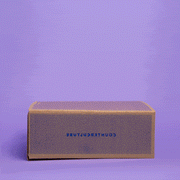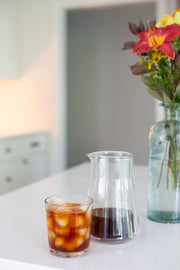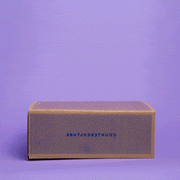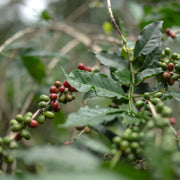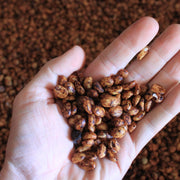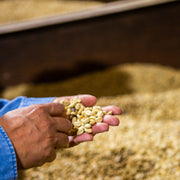In the world of specialty coffee, sometimes you need to slow it down to speed it up. Whether you’re taking the time to carefully measure your beans, waiting for the water to boil, or just giving that new bag of coffee a chance to rest before grinding—excellent coffee requires patience.
Nowhere is this more evident than when making cold brew. You prepare your tools, carefully measure and weigh, pour on the water, and then you wait. And wait. When you get the brew right, though, wow is it worth it! If you need your cold coffee ASAP, flash brew is what you are looking for. So let’s discuss how to make your cold brew as sweet, refreshing, and delicious as possible.
 Cold Brew Equipment
Cold Brew Equipment
Let’s start with the brewing equipment. You don’t need to splurge here—any sealable vessel you can stash in the fridge overnight will be fine as a brewer. Some people opt for a mason jar but we also like the Toddy Cold Brew System and the Hario Mizudashi. Either work!
Sanitize Your Brewing Equipment
One often overlooked preparation step is sanitizing your brewing equipment. Bacteria thrive in sugar-dense foods like coffee, and you definitely don’t want to give them easy access to your brew. Make sure you thoroughly clean your jars, brewers, and filters before starting the process.

Water To Coffee Ratio
And as with all brew methods, you’ll need a fixed brew ratio to achieve consistently tasty results with your cold brew. We prefer a 1:8 ratio—1 gram of coffee for every 8 grams of water and then diluting as your final step. To make a liter in the fridge, you should be looking at around 125g of coffee. If you prefer much stronger brews, you can go down to a 1:4.5 brew ratio.
You can also use a 1:11 ratio in and not dilute at the end depending on your brewing device.
Grinding Coffee For Cold Brew

As always, we recommend using an adjustable burr grinder. Your grind should be medium-coarse. A lot of folks go as coarse as their grinder will allow, but that’s really not necessary. We suggest something just a bit coarser than you’d use for a standard pour-over. On a scale of 1-10 (10 being the most coarse), we recommend a seven or so. One of the toughest things about making cold brew sweet and balanced is pulling out enough of the sugars to avoid sourness. Using a slightly finer grind than is traditionally recommended for this method should help you get there!
Brew Time
Once you have the perfect grind, it's time to add the coffee to your brewing vessel and then the water. Be sure all of the coffee is wet. It’s pretty common for the coffee to look wet from the outside, but have dry pockets on the inside. To avoid this, you can stir with a spoon as you pour.
Brew time depends on a few factors (temperature and grind size, for example), but 14 hours is a good place to start. No matter how long you brew, it should always take place in the fridge. To limit the potential for bacteria growth, a cold cold brew is the way to go!
Filtering Your Cold Brew
After brewing, it’s time to filter. If you are using a device like the Hario Mizudashi, you won't need to worry about an extra step for filtering. Just remove the filter basket with the used grounds. If you are using a Mason jar, you need to filter out your grounds as the final step.
Depending on your texture preference, your method of filtration will vary. For a cold brew with more flavor clarity and freshness, use a paper filter. You’ll remove a lot of the solids from the liquid. If you prefer a cold brew with more texture and weight, use a cheesecloth or fiber filter like you’d use with a Toddy system. This will let more solids and oils through, and deliver something with a little more oomph.
Diluting The Cold Brew Concentrate
So far, what we’ve made is a concentrate. Drinking that will taste a little like motor oil mixed with jet fuel—sample that at your own risk! Diluting the concentrate is the final step. Most people prefer to drink cold brew with a concentrate-to-water ratio between 2:1 and 1:1. If you like stronger coffee, use the 2:1 dilution ratio. We prefer a little less intense, so we would go with 1:1. That yields a final brew familiar to most folks.
And you’re done! Compost those grounds and clean your brewing equipment thoroughly so it’s ready for the next time. Happy brewing and let us know how it goes!
